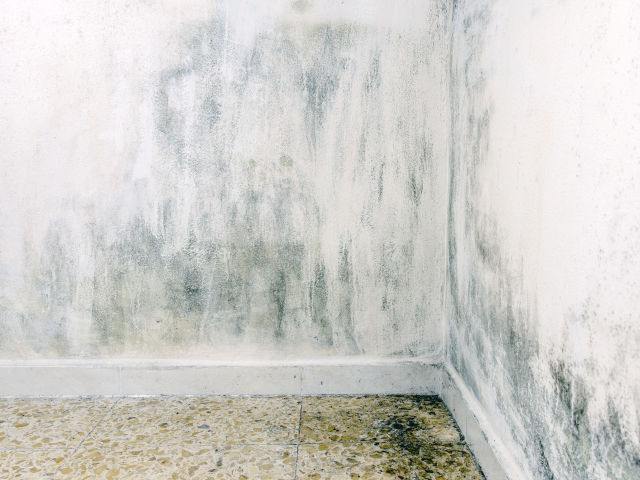Possible Health Effects of Mould Exposure
Mould spores are present globally in the air at low concentrations. At these concentrations, they are generally not hazardous to health, except for severe allergies or immunocompromised individuals. As a point of reference, a building’s air is considered clean when less than 2,000 spores per cubic meter of air are detected, provided concentrations of Aspergillus/Penicillium and other water damage indicator spores are low within the sample.

#Health Issues
When mould levels rise it can lead to health complications. It is estimated that approximately 20% of the population is allergic to mould spores. Additionally, continued exposure to elevated mould levels can lead to sensitisation and the development of allergies. Although this may not sound like major problem allergies and asthma attacks can be quite severe and can even be fatal. Long term exposure to mould can also cause auto-immune reactions such as CIRS (Chronic Inflammatory Response Syndrome). Furthermore, several species of mould produce toxins that are harmful to health. The most well-known of moulds that produce toxins are Stachybotrys – the “toxic black mould” and exposure to high levels of the toxins produced by this mould can be very harmful.
#What can I do?
Practically, what people can do to control mould in their homes is to remain aware that moisture issues can lead to problems. Ensure water ingress issues are dealt with properly. Regularly inspect your property for signs of mould growth, as if there are visual signs of growth there may be a larger issue. Also, be aware that wiping mould colonies with chemicals will likely be ineffective at solving the problem, dead mould spores are still allergenic, and the toxins the mould may have produced will remain with the spores. The mould remediation guidelines strongly emphasize physical removal of mould, so if possible, remove the affected item or material, or if removal is not possible, thoroughly vacuum the area with a HEPA rated vacuum to physically remove the majority of spores.
If you are dealing with mould damage and would like us to help, please give us a call now on 1300 356 633



